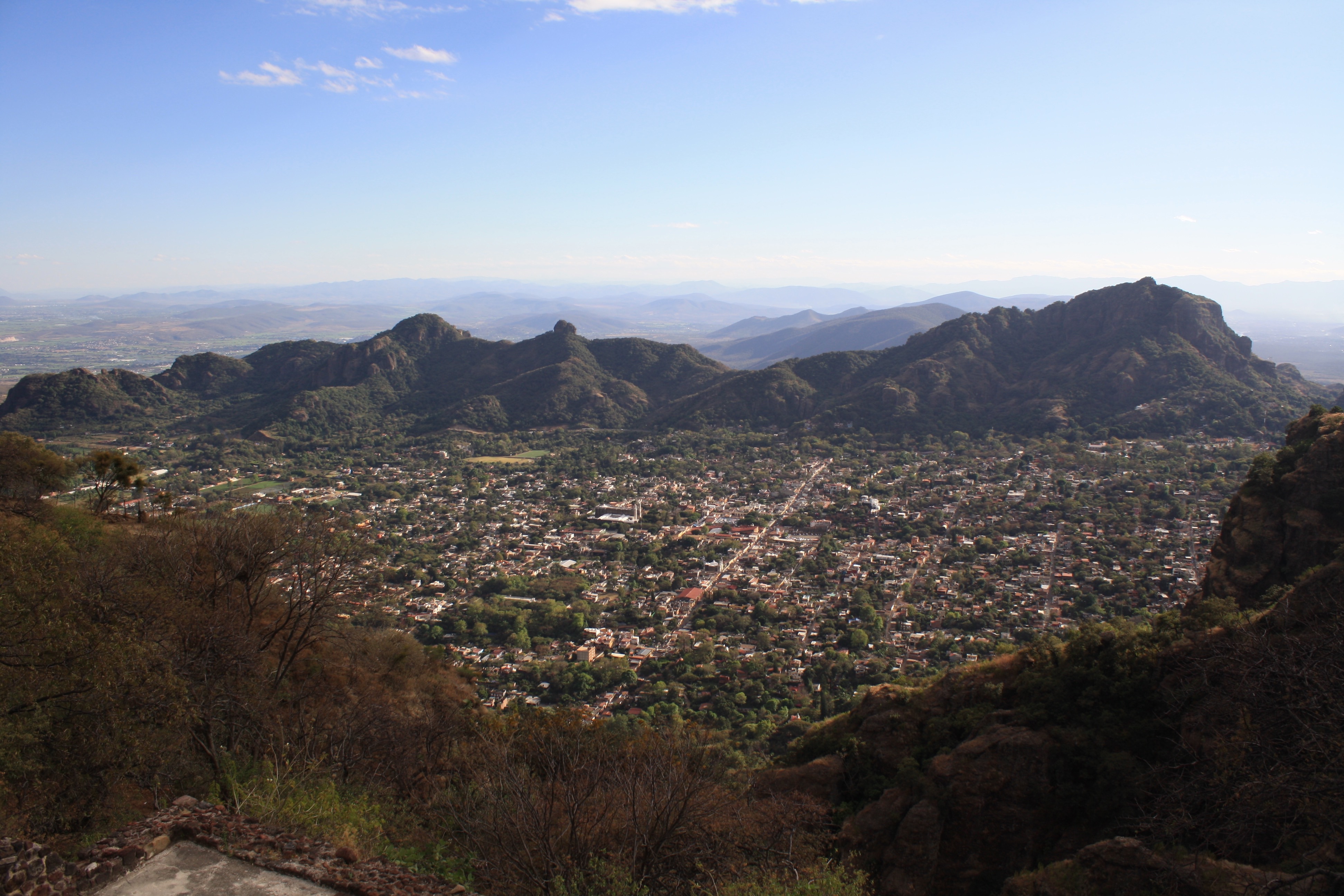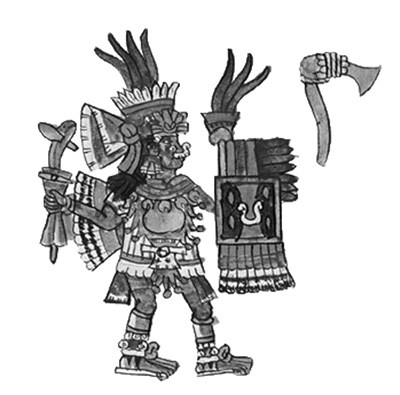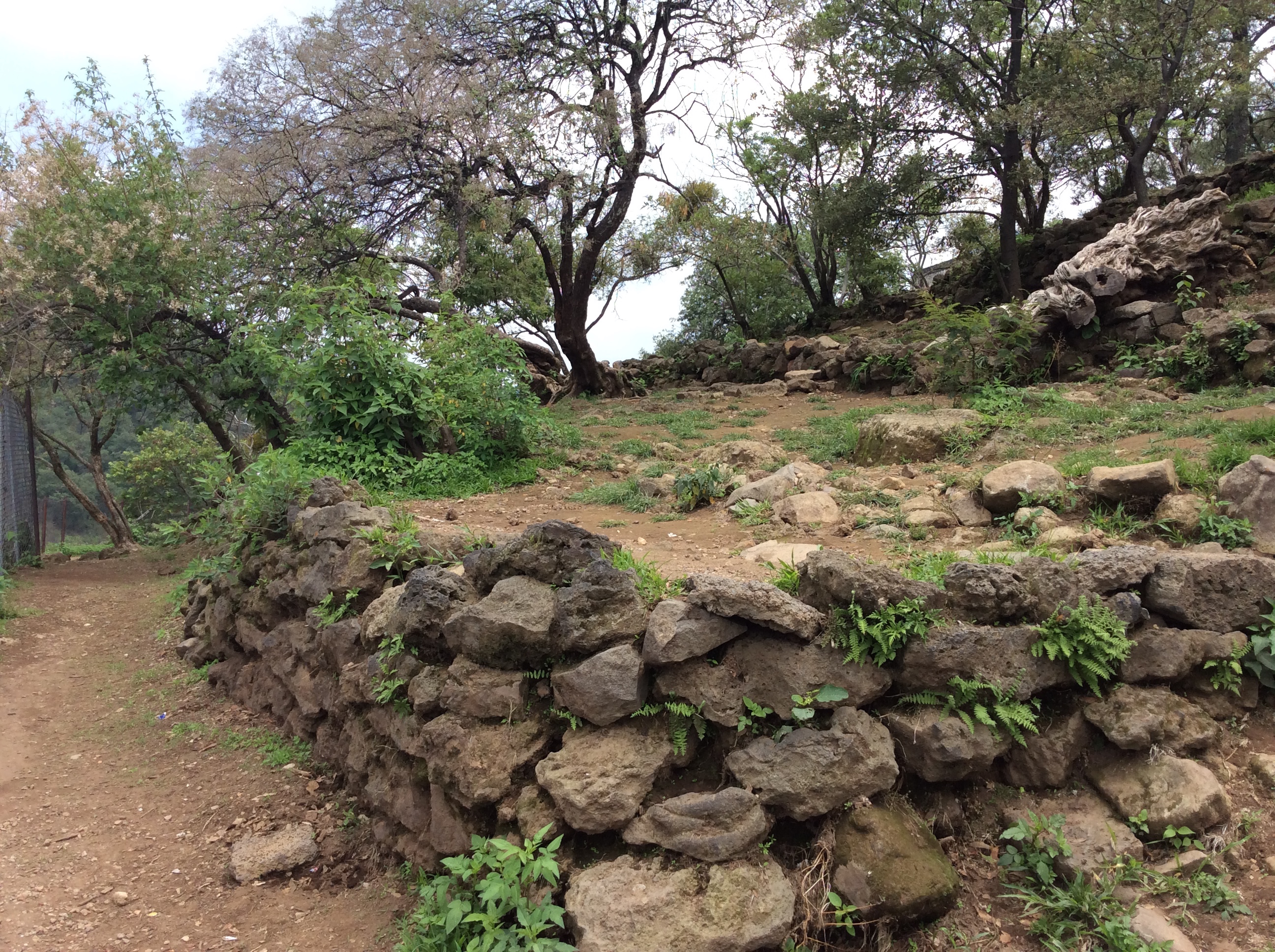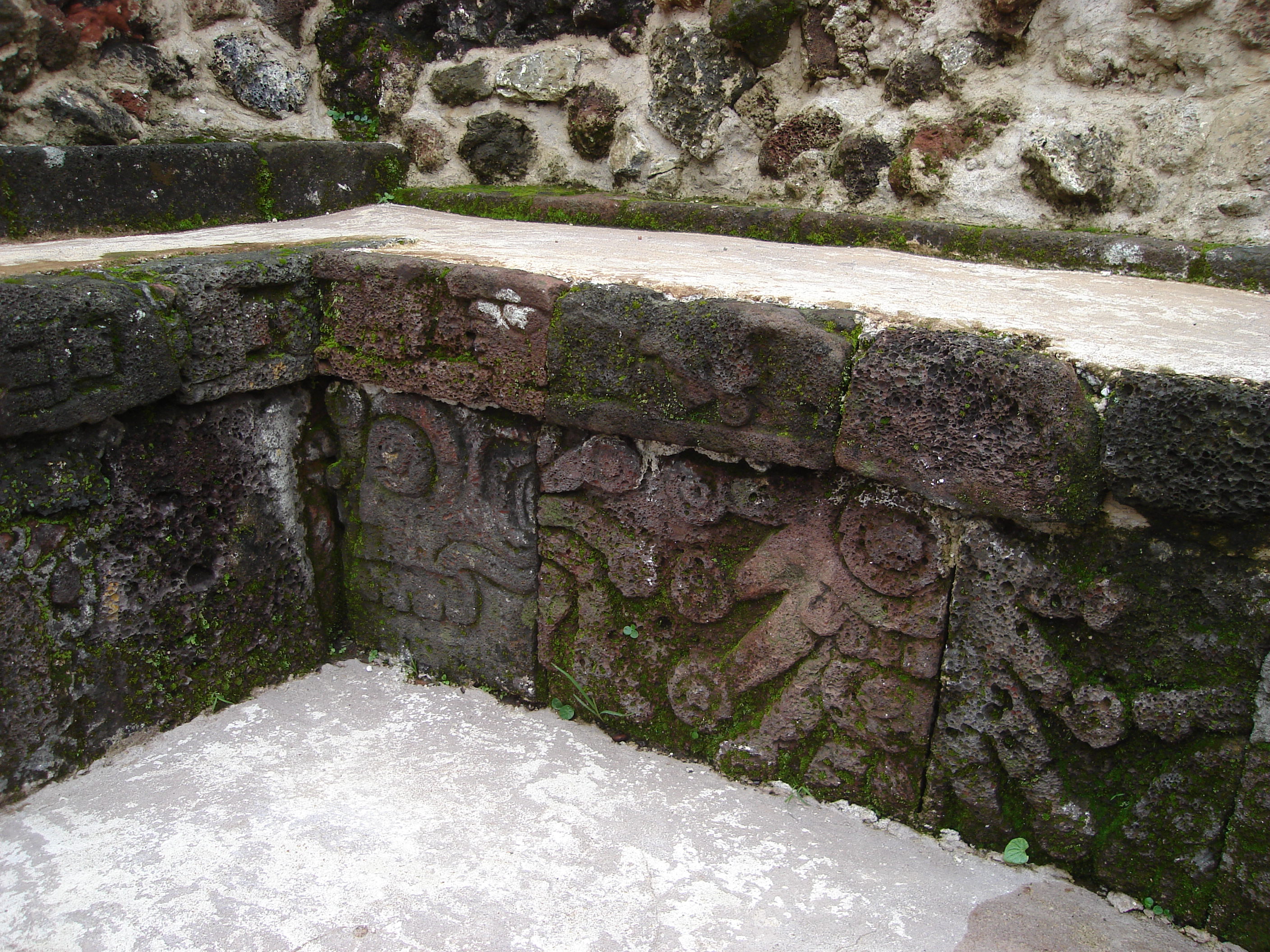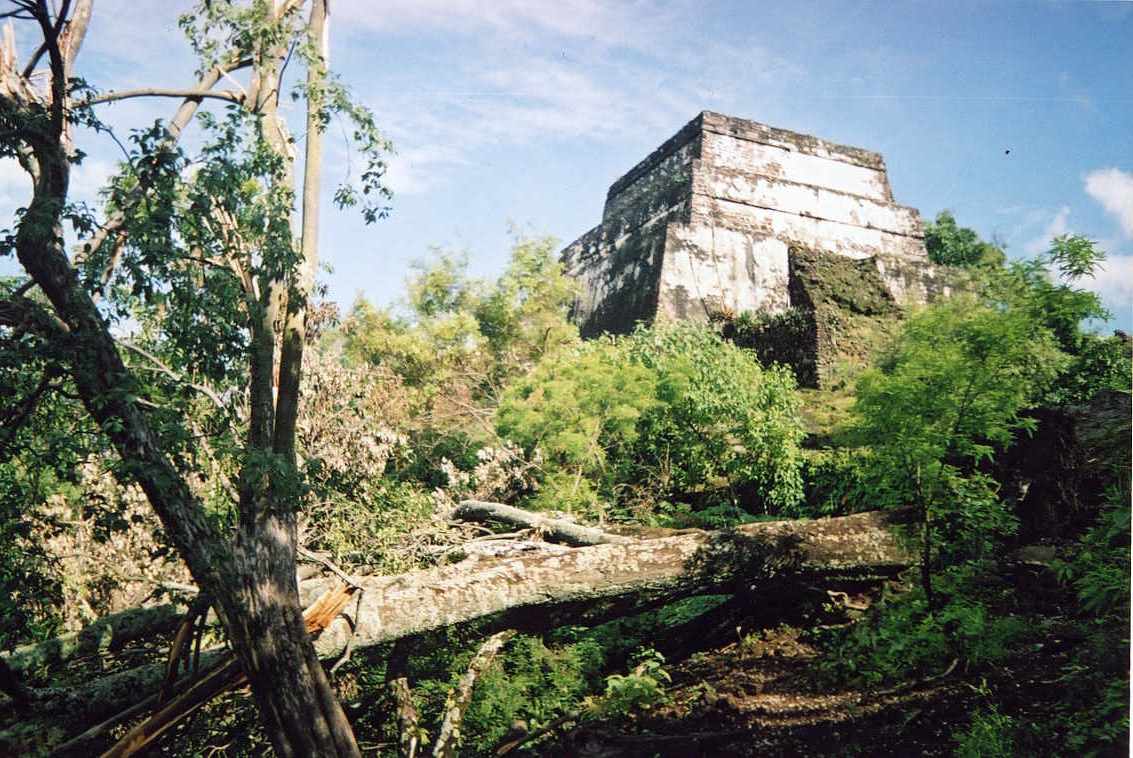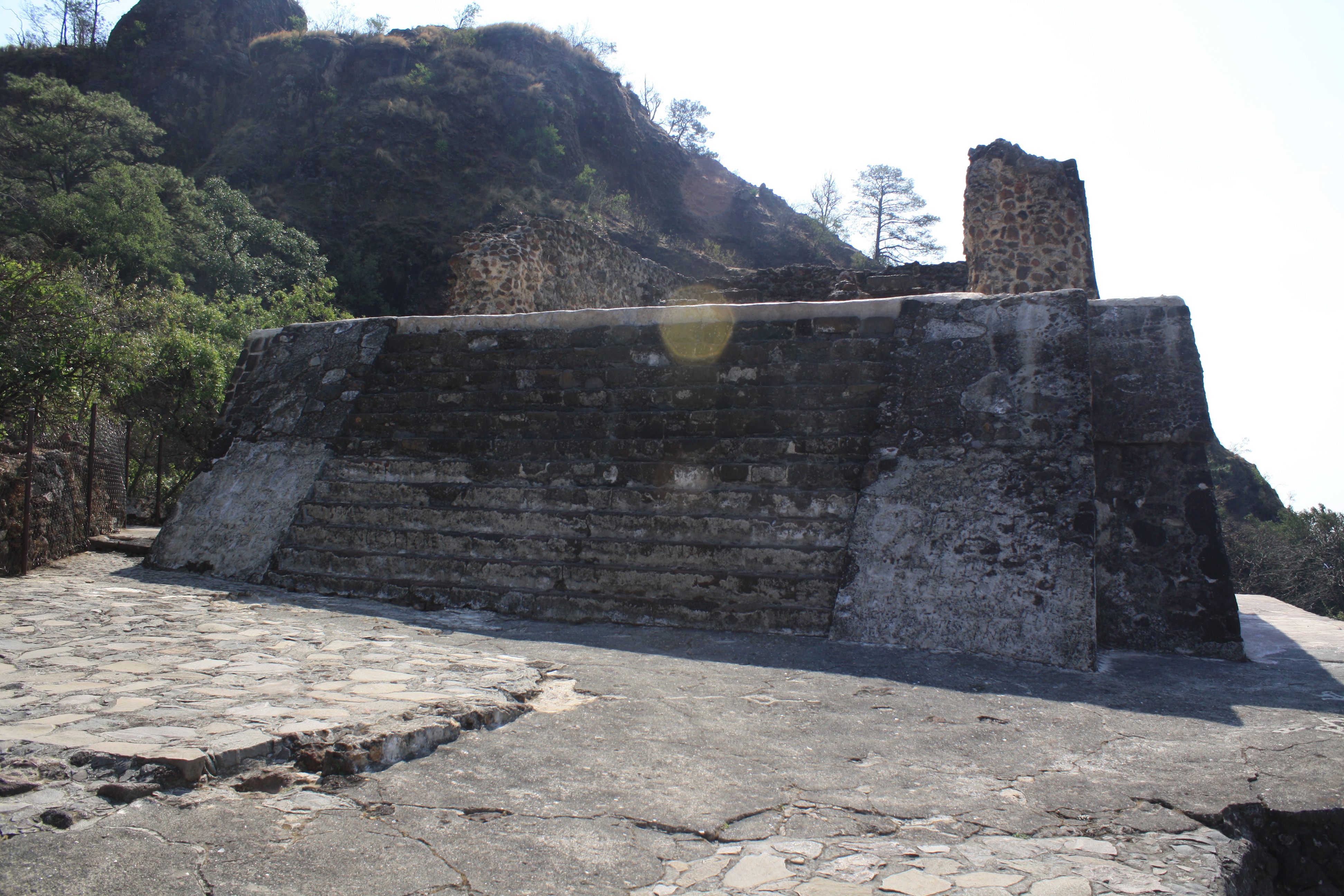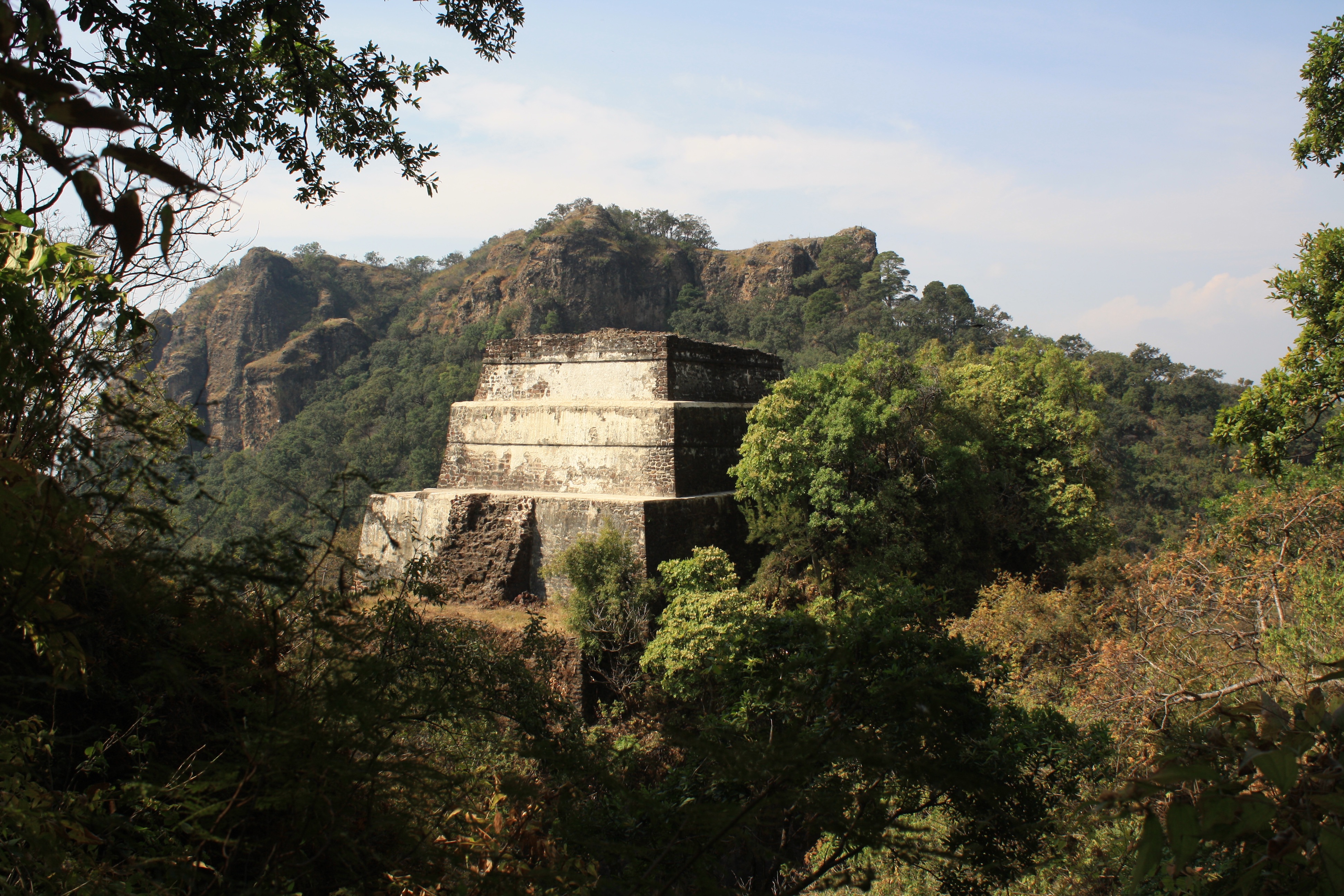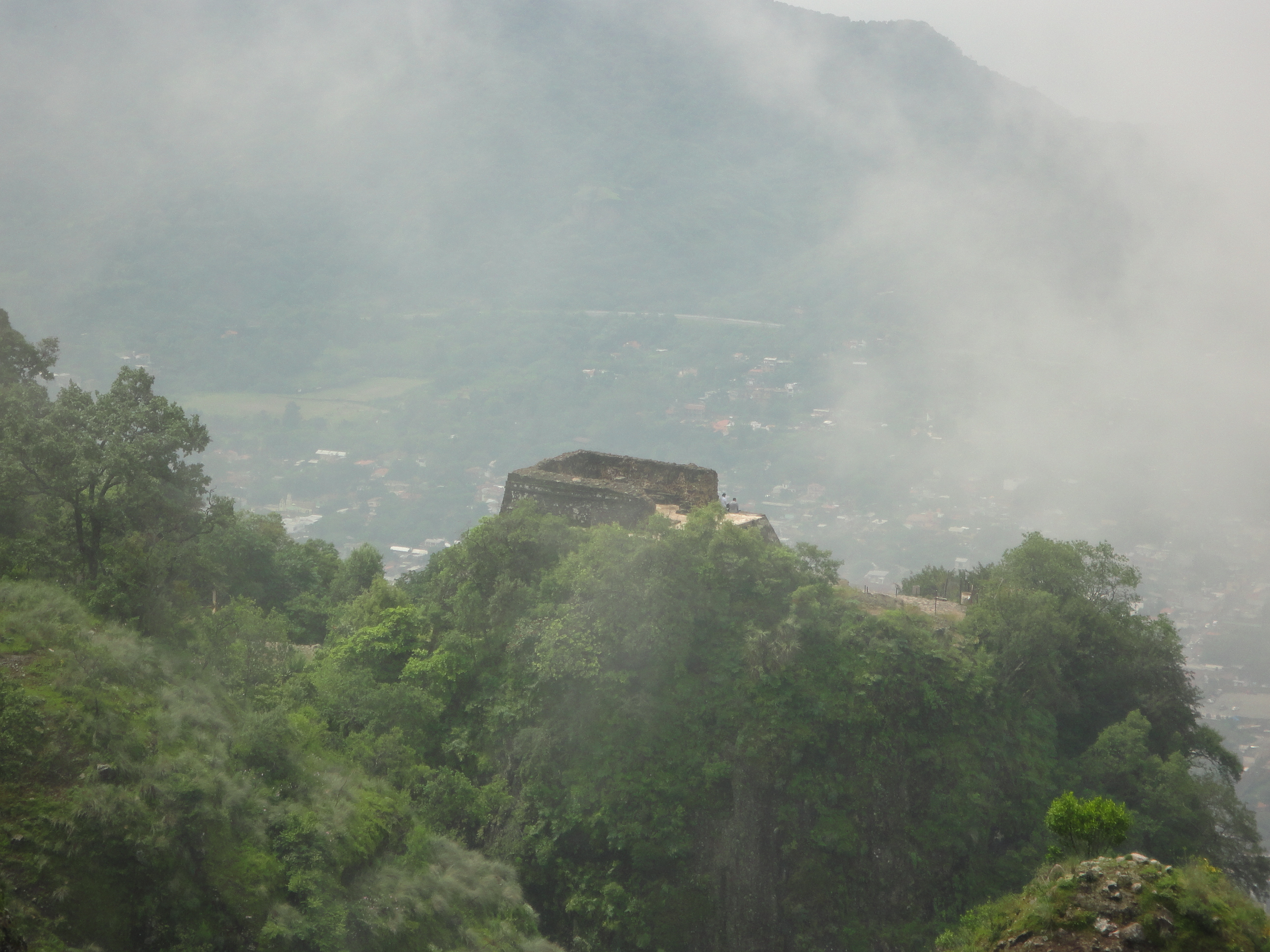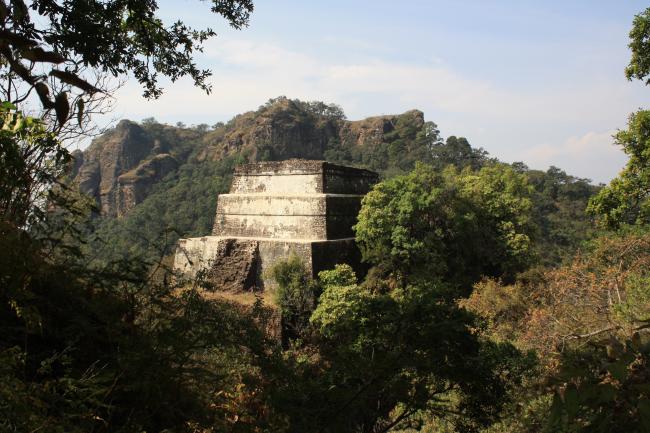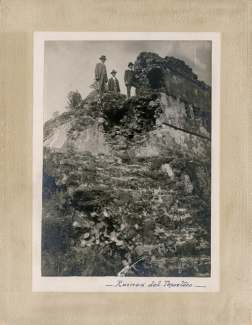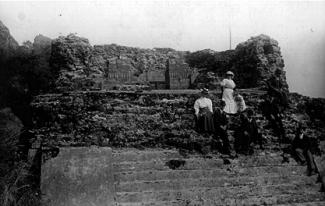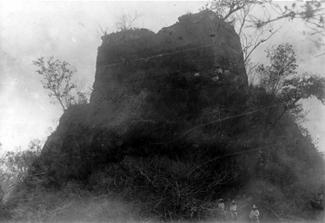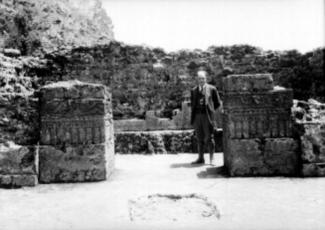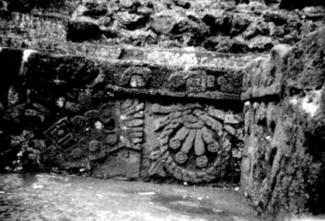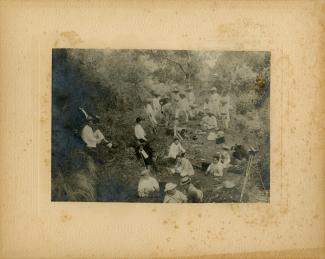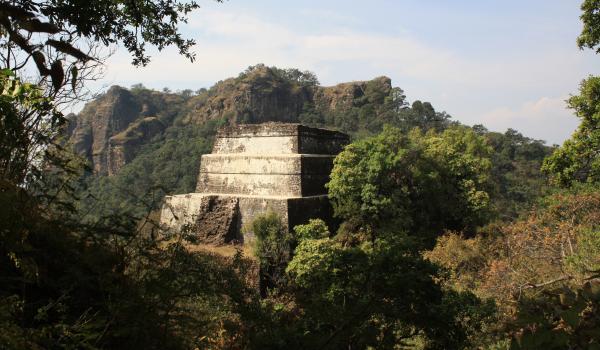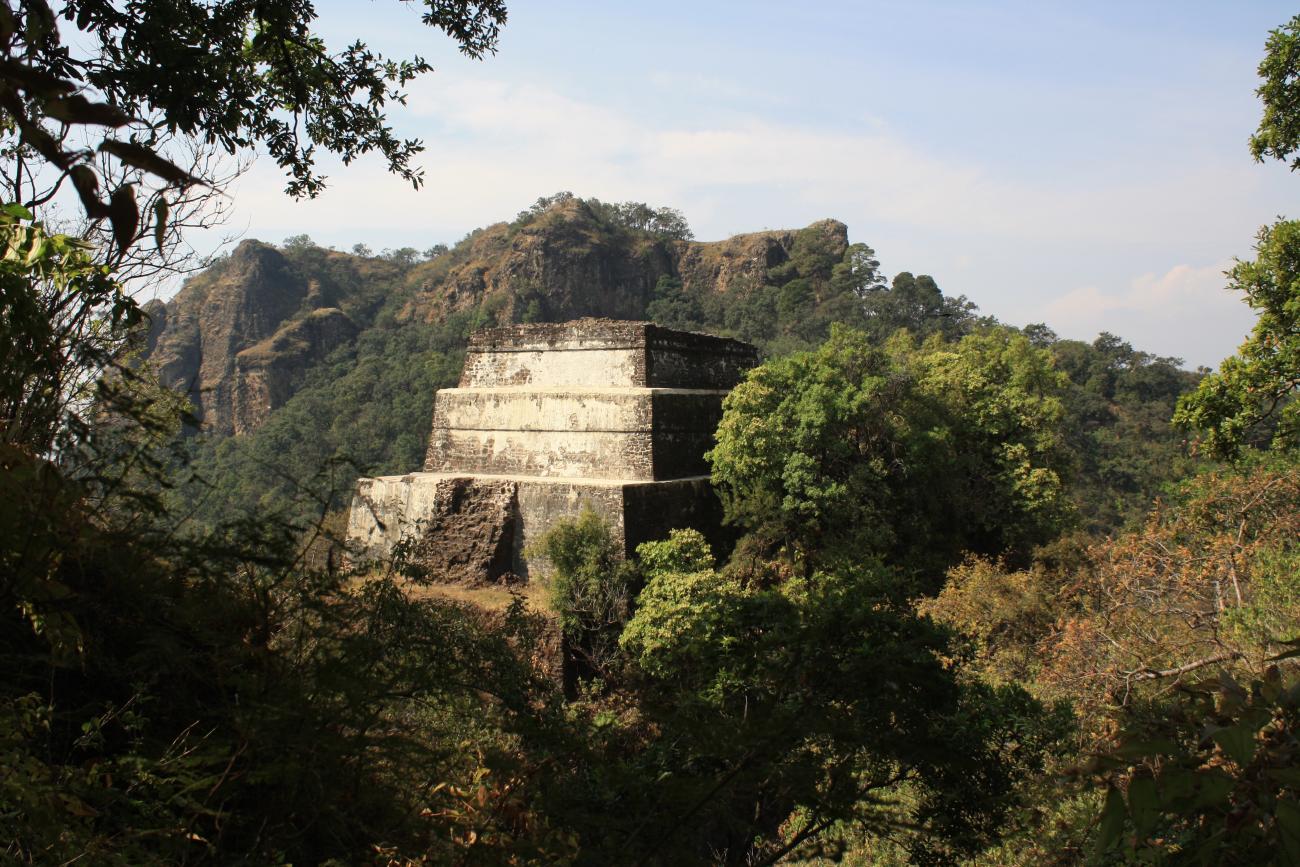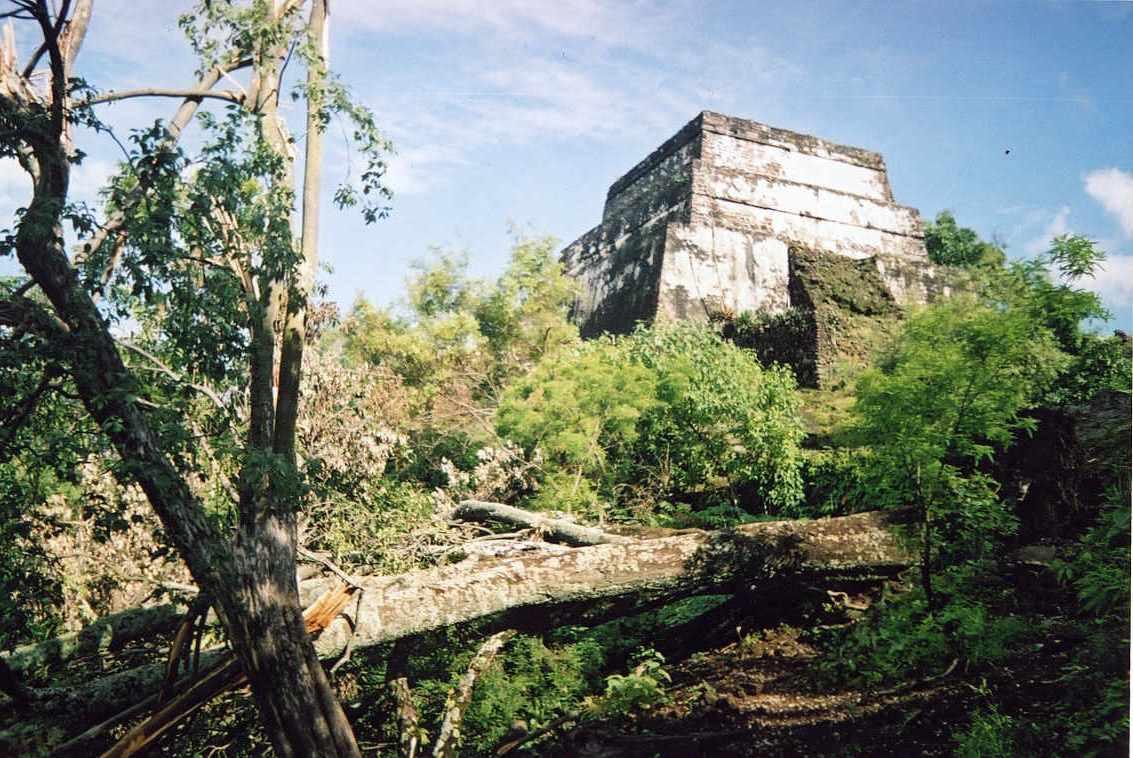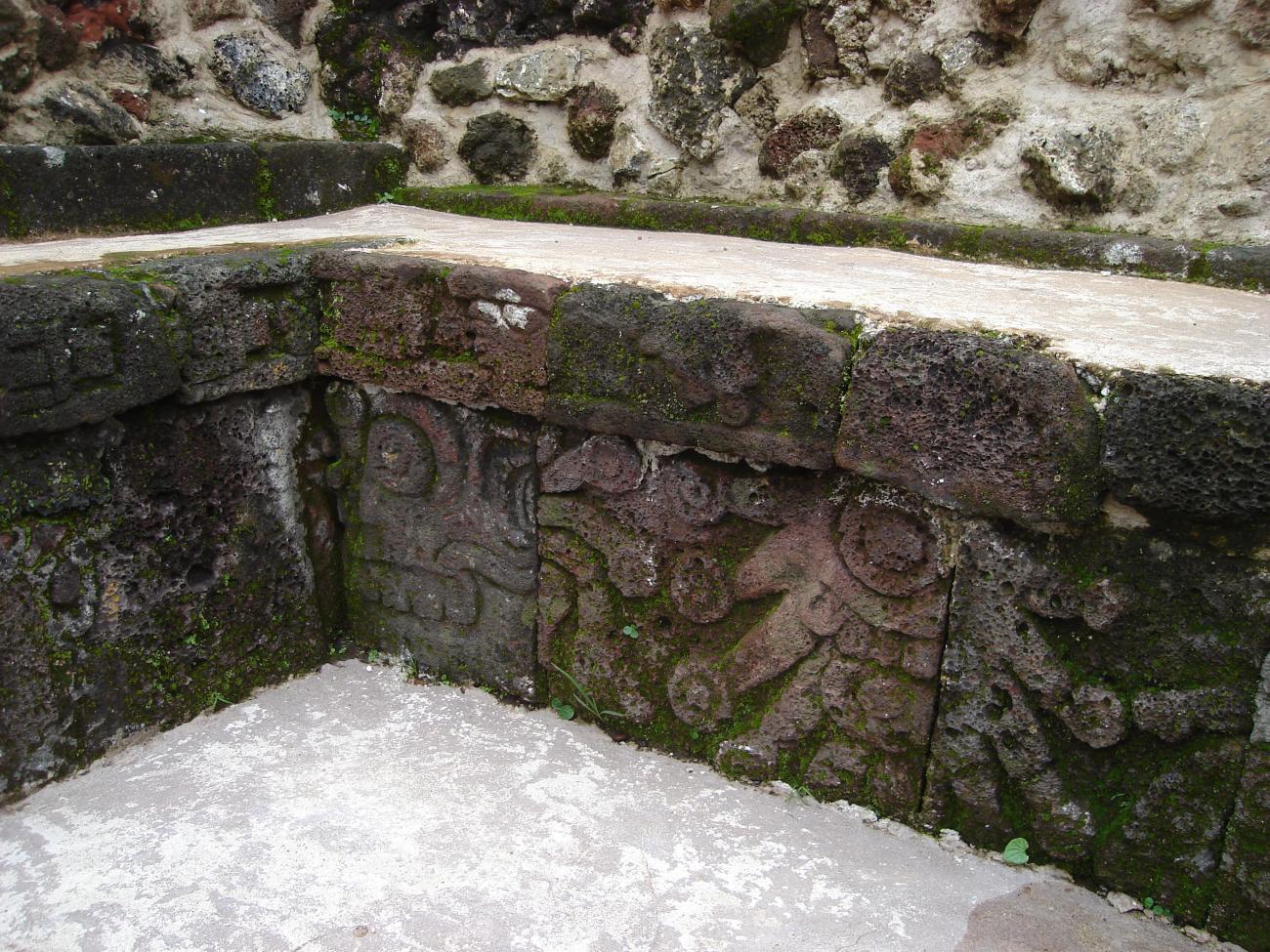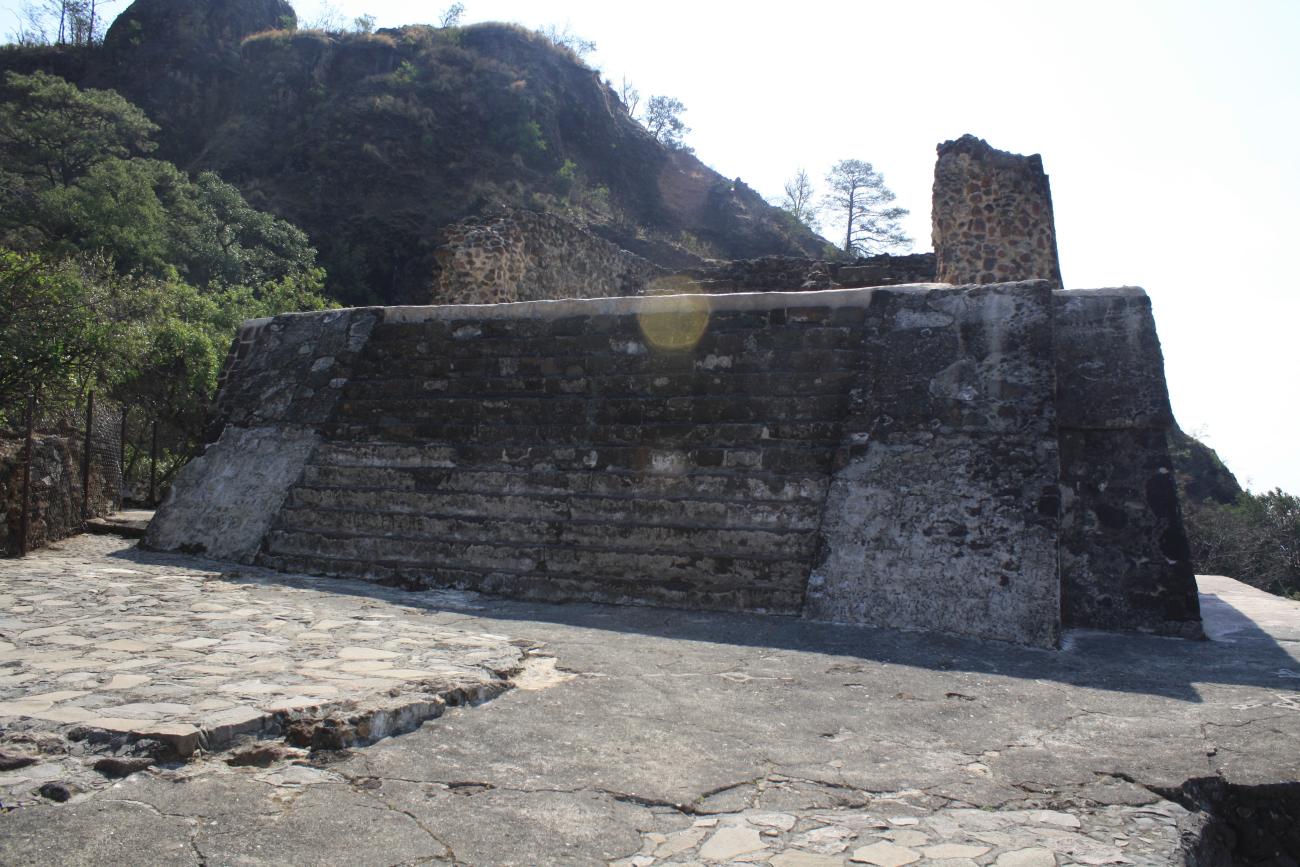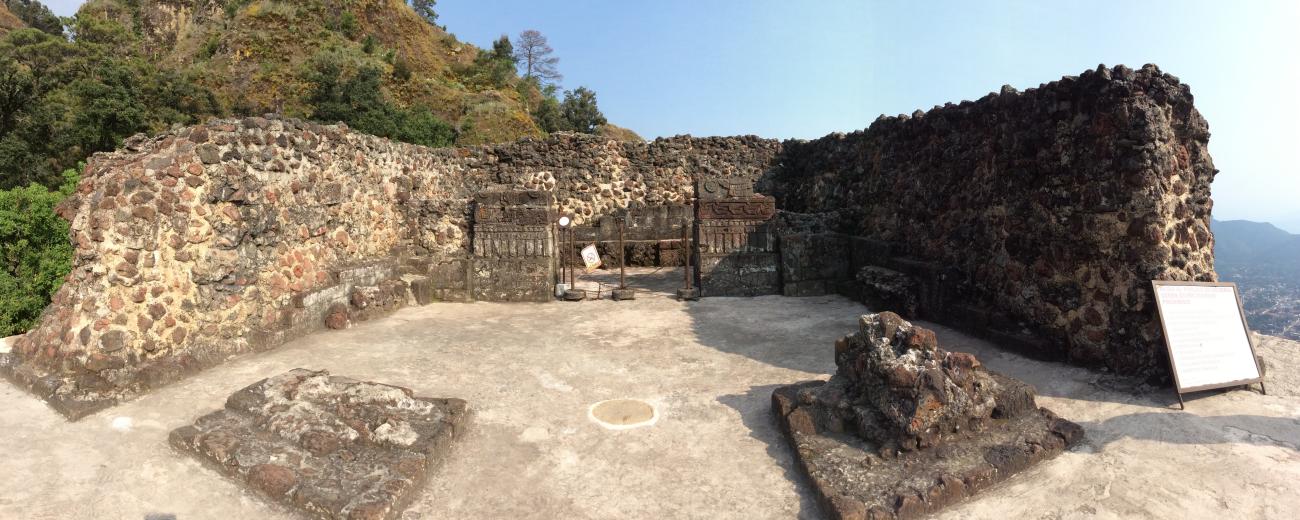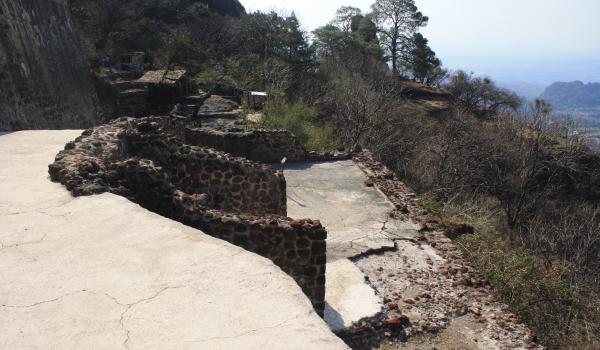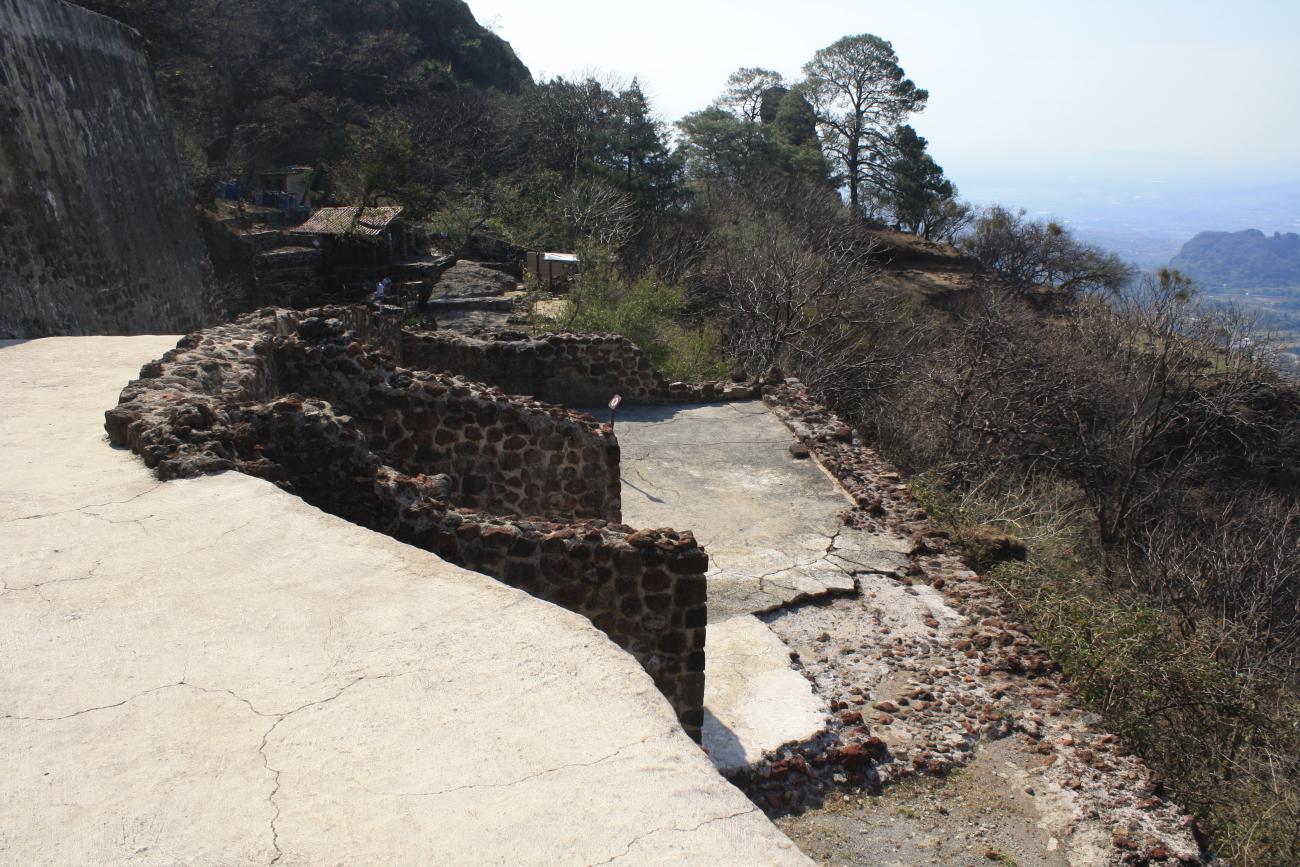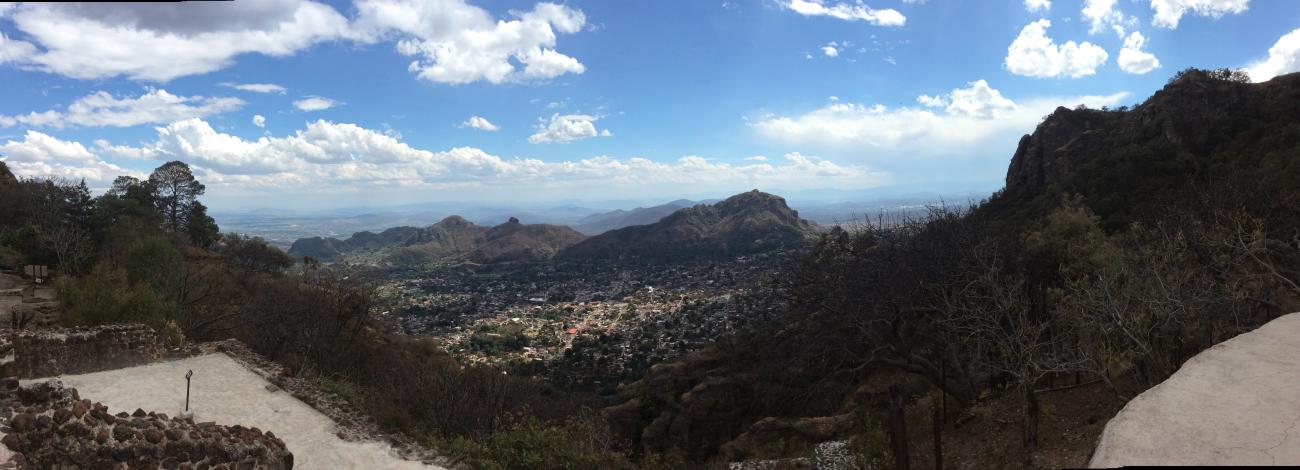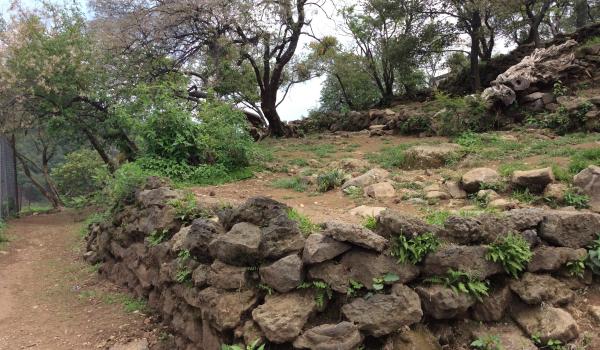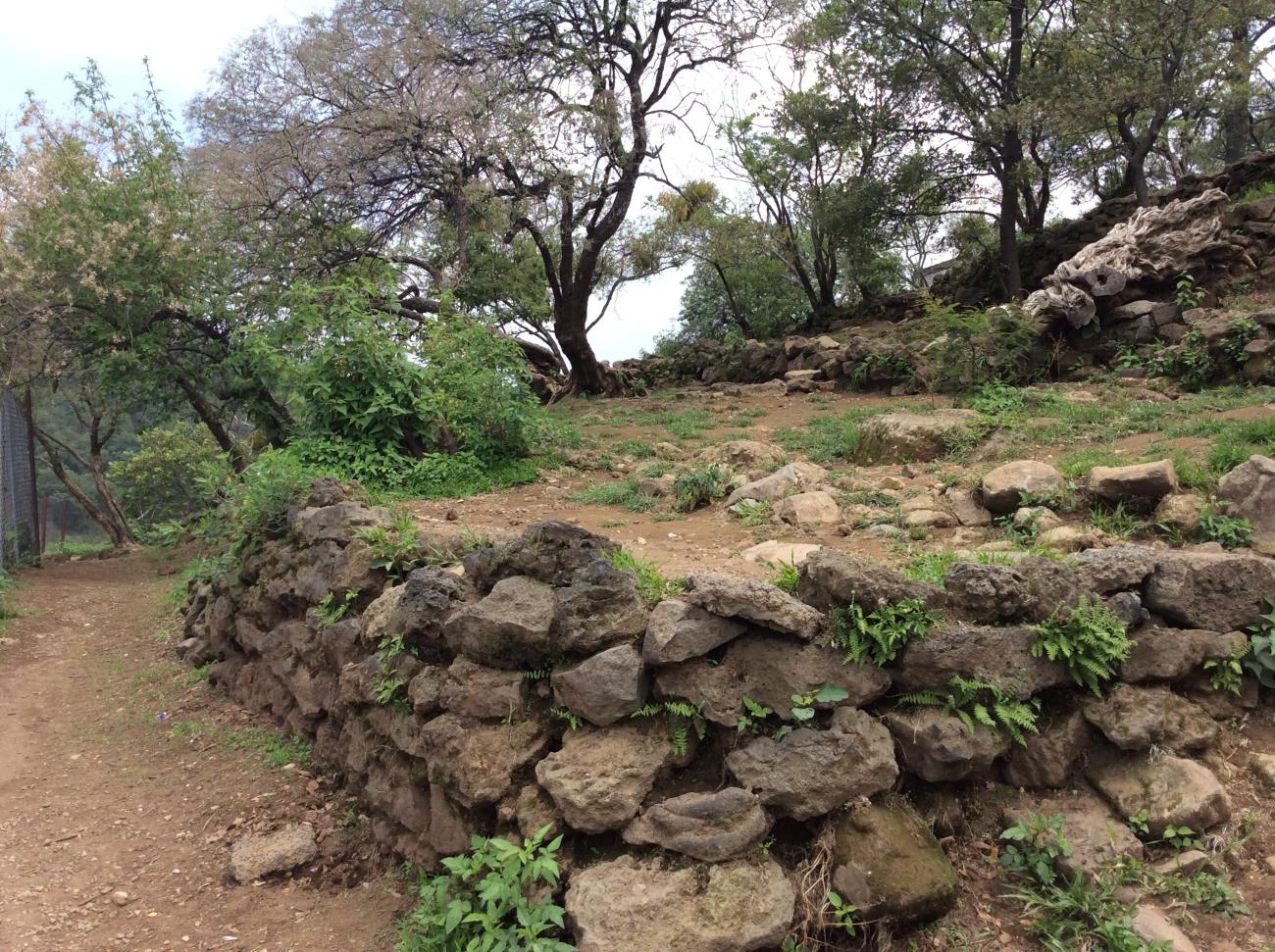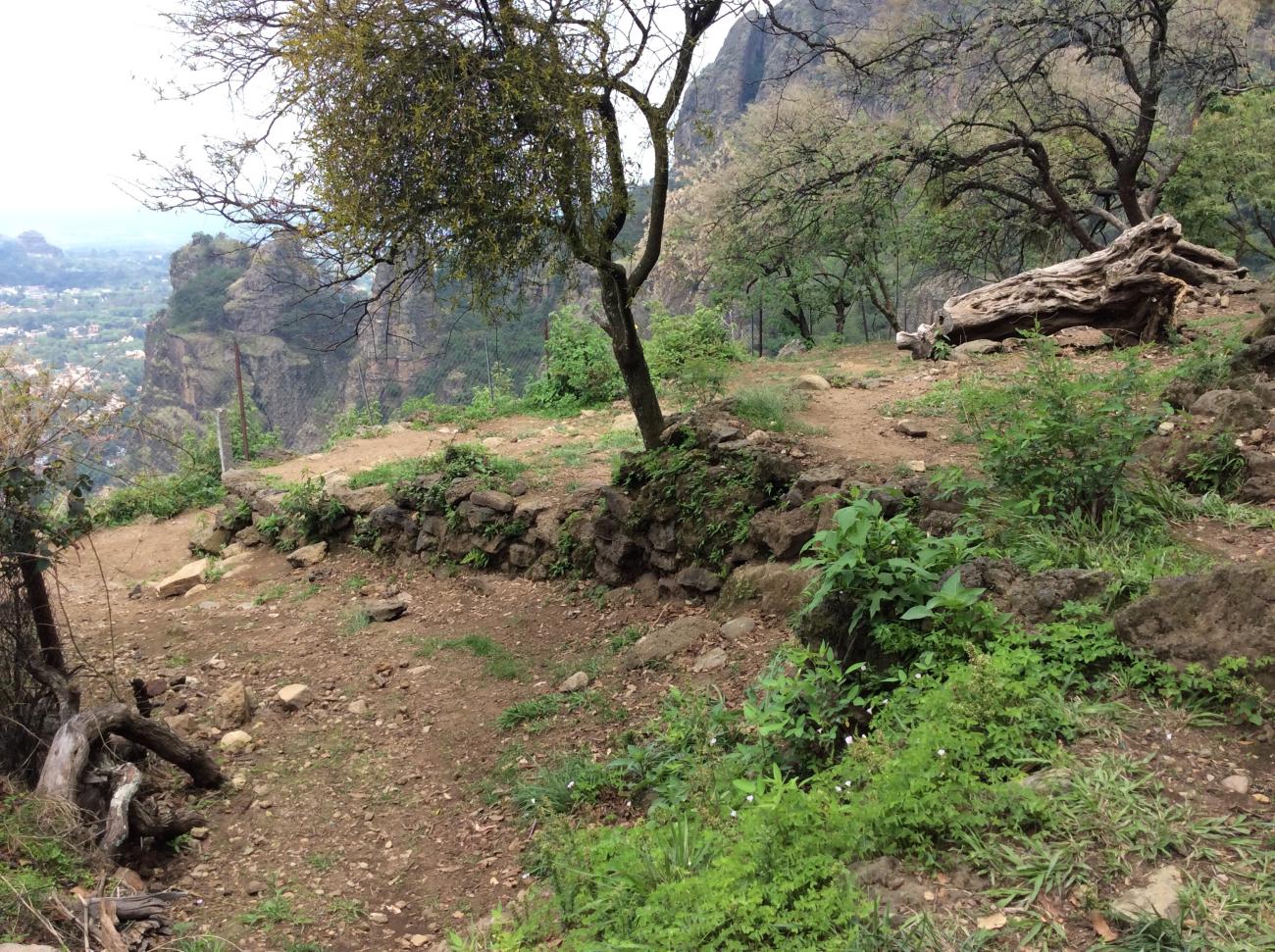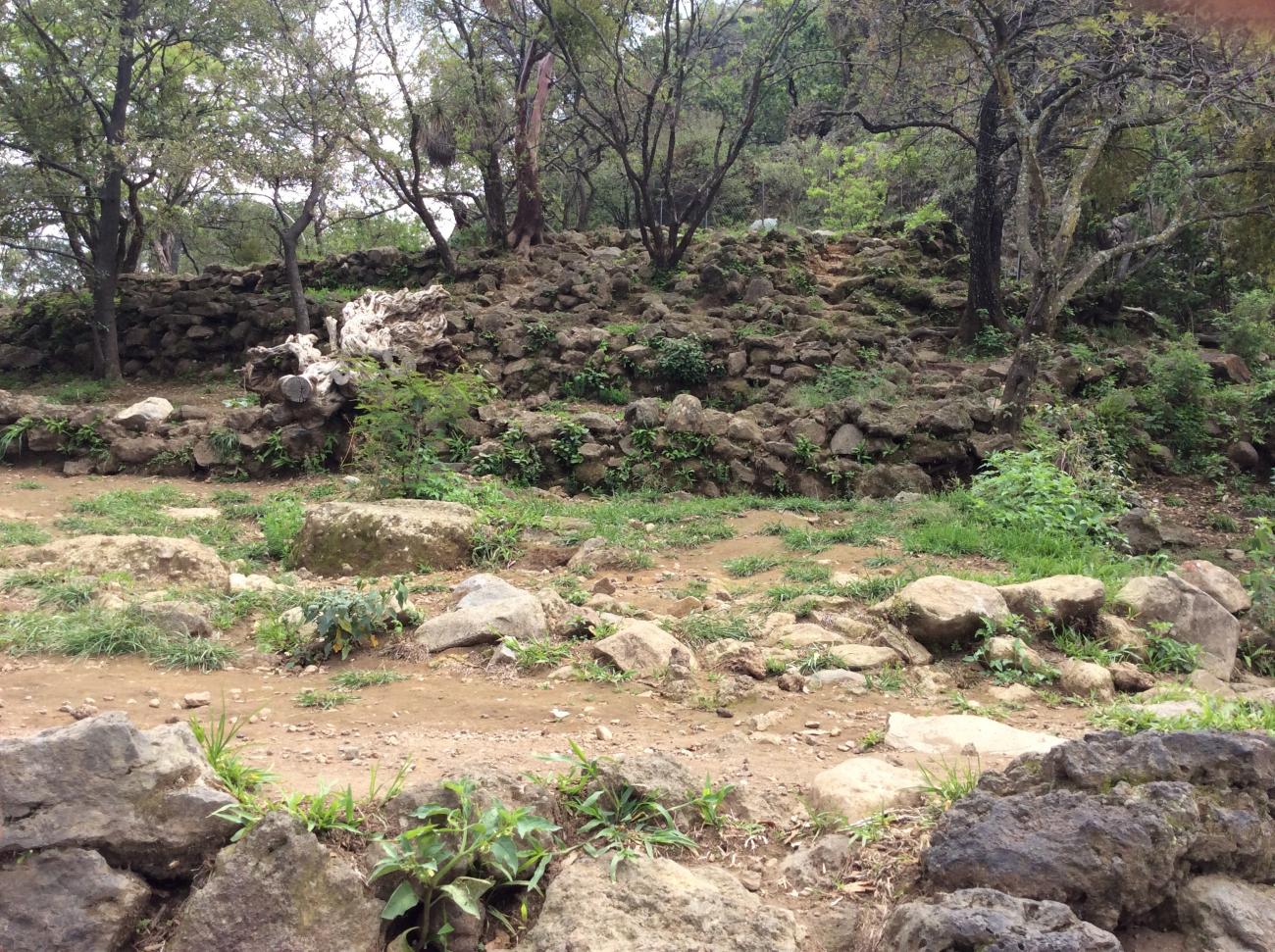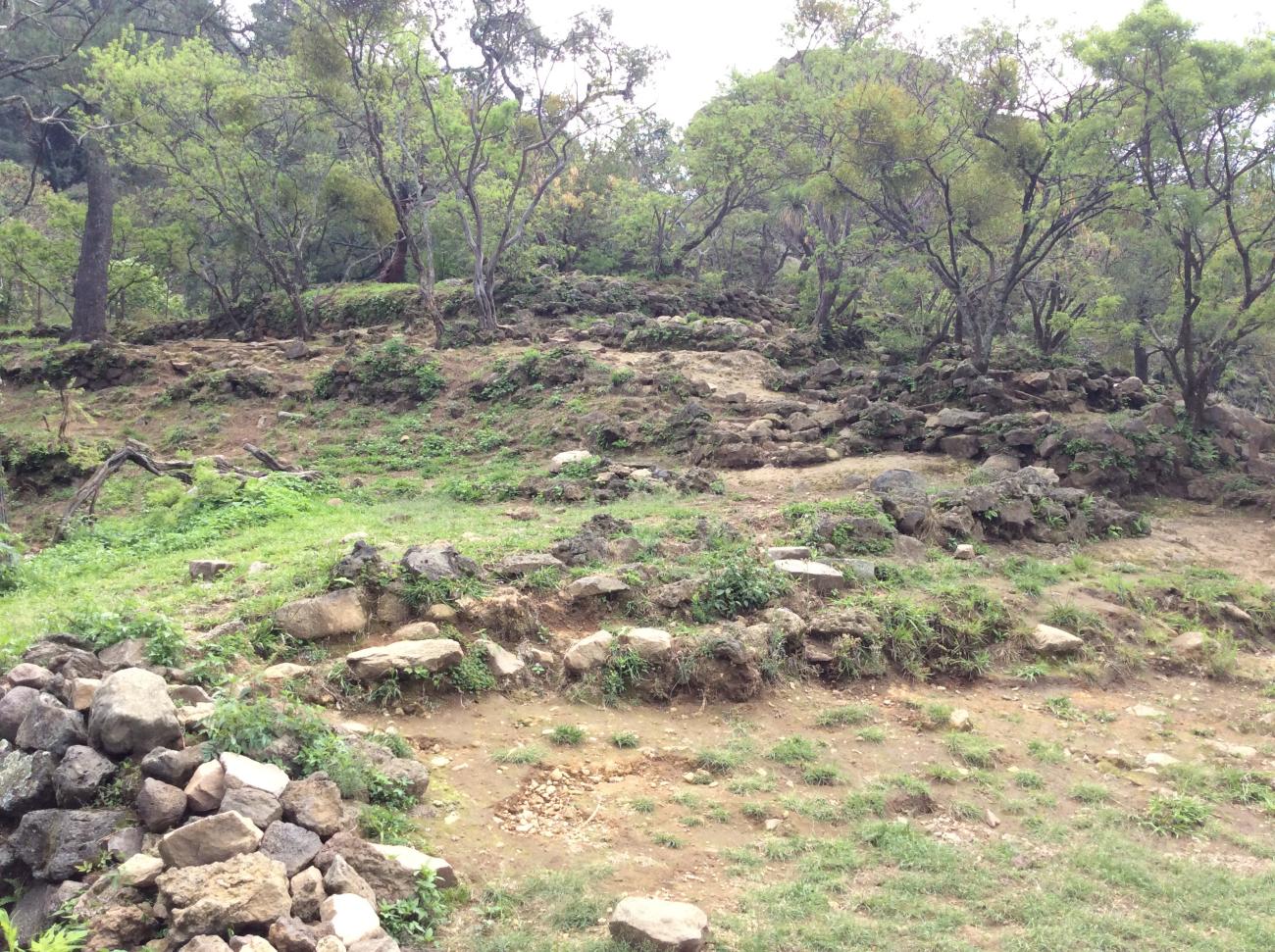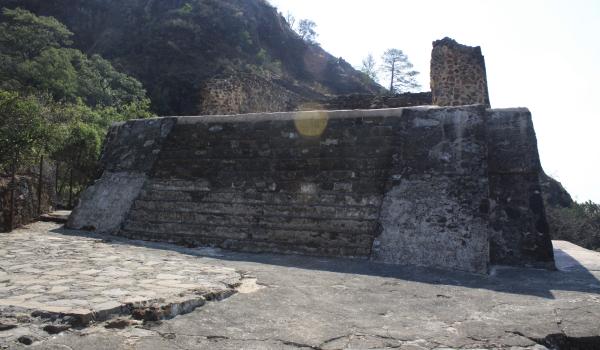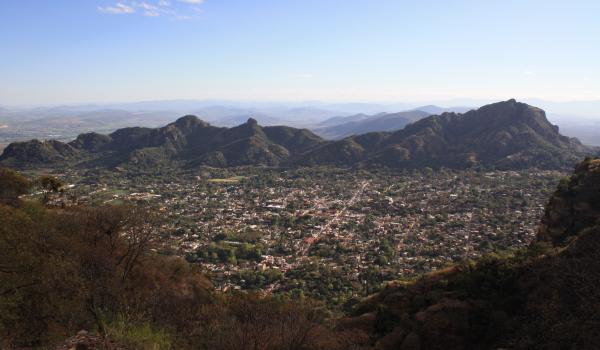Many tribes were forced to migrate due to the failure of Toltec cities and contracting Mesoamerican borders. As part of this process, Nahua groups erupted into the Central Mexican Plateau. The Xochimilca occupied the southern part of the basin of Mexico and the northern part of Morelos between 1200 and 1220, founding or occupying towns such as Tepoztlán, Totolapan, Tlayacapan, Ocuituco, Tetela and Hueyapan. Tepoztlán ruled this valley, and subjugated not only the aforementioned towns, but also Tepecuytlapilco (San Juan Tlacotenco), Cacatepletac (Santa Catarina), Acacueyacan (San Andrés de la Cal), Xocotitlán (Santo Domingo), Amatlán and Santiago Tepetlapan. Its territory was bordered by Xochimilco in the north, Yauhtepec and Xihutepec in the south, Cuaunahuac in the west and Tlayacapan in the east.
The building system used by the inhabitants of Tepoztlán consisted of a process of leveling through terraces. Everything from residential units to the large monumental platforms where the temples rested were built upon these. Finally, the territory’s flat areas were reserved for agriculture.
The ruins at the top of the hill were considered one of the most sacred areas by the ancient Tepoztecs, which is why they erected a shrine to their god Tepoztecatl in this place. This building was so important that, according to certain evidence, it received visitors from Guatemala.
The “man-god” would have lived inside the shrine. This was someone considered to be the bearer of the god’s essence, based on certain characteristics, and was therefore his manifestation on the human plane. It was very likely that this distinguished figure came down a few times a year to join the town’s most solemn celebrations. The rest of the residents would have occupied the shrine intermittently, serving as part of the tribute delivered to the rulers of Tepoztlán. There were also scores of guards, plus servants, who were relieved by people from other “calpulli” or towns under the dominion of Tepoztlán.


